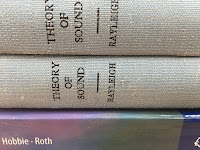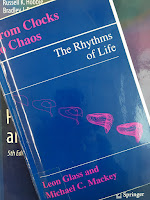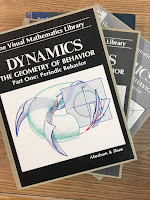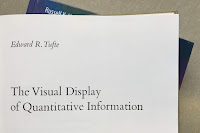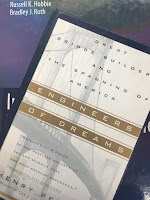On March 22, 1999, Varmus gave a Plenary Talk titled “The Impact of Physics on Biology and Medicine” at the Centennial Meeting of the American Physical Society in Atlanta, Georgia. Readers of the 4th edition of Intermediate Physics for Medicine and Biology will find this speech fascinating and inspirational. He began
The organizers of your hundredth birthday party have asked me to describe the impact of your field, physics, on the two fields, biology and medicine, that are most obviously identified with the agency I lead, the National Institutes of Health. They have done me this honor not to recognize any knowledge I might have retained from college course work in your field, but to allow me to discuss one of my convictions about medical research, namely, the opinion that the NIH can wage an effective war on disease only if we—as a nation and a scientific community, not just as a single agency—harness the energies of many disciplines, not just biology and medicine. These allied disciplines range from mathematics, engineering, and computer sciences to sociology, anthropology, and behavioral sciences. But the weight of historical evidence and the prospects for the future place physics and chemistry most prominently among them.If you want to read more by Varmus, you can preorder his new book The Art and Politics of Science due out in February.
I propose to consider the effects of physics on the medical sciences from three perspectives. First, I will briefly catalog some of the consequences of a simple and obvious connection between physics and medicine, namely, that the human body and its components are physical objects that can be viewed and measured and altered in ways that resemble what a physicist might do with any physical object. Second, I will remind you of an enormously important phase in the history of biology in which physicists transformed the study of living things by helping to discover the principles of heredity. Third, I will describe some contemporary problems in the biomedical sciences that I believe should be inviting challenges to physicists, young and old. In the context of doing this, I will also allude to ways in which the NIH is attempting to ease the path from a formal training in physics to an active investigative role in biomedical sciences.

